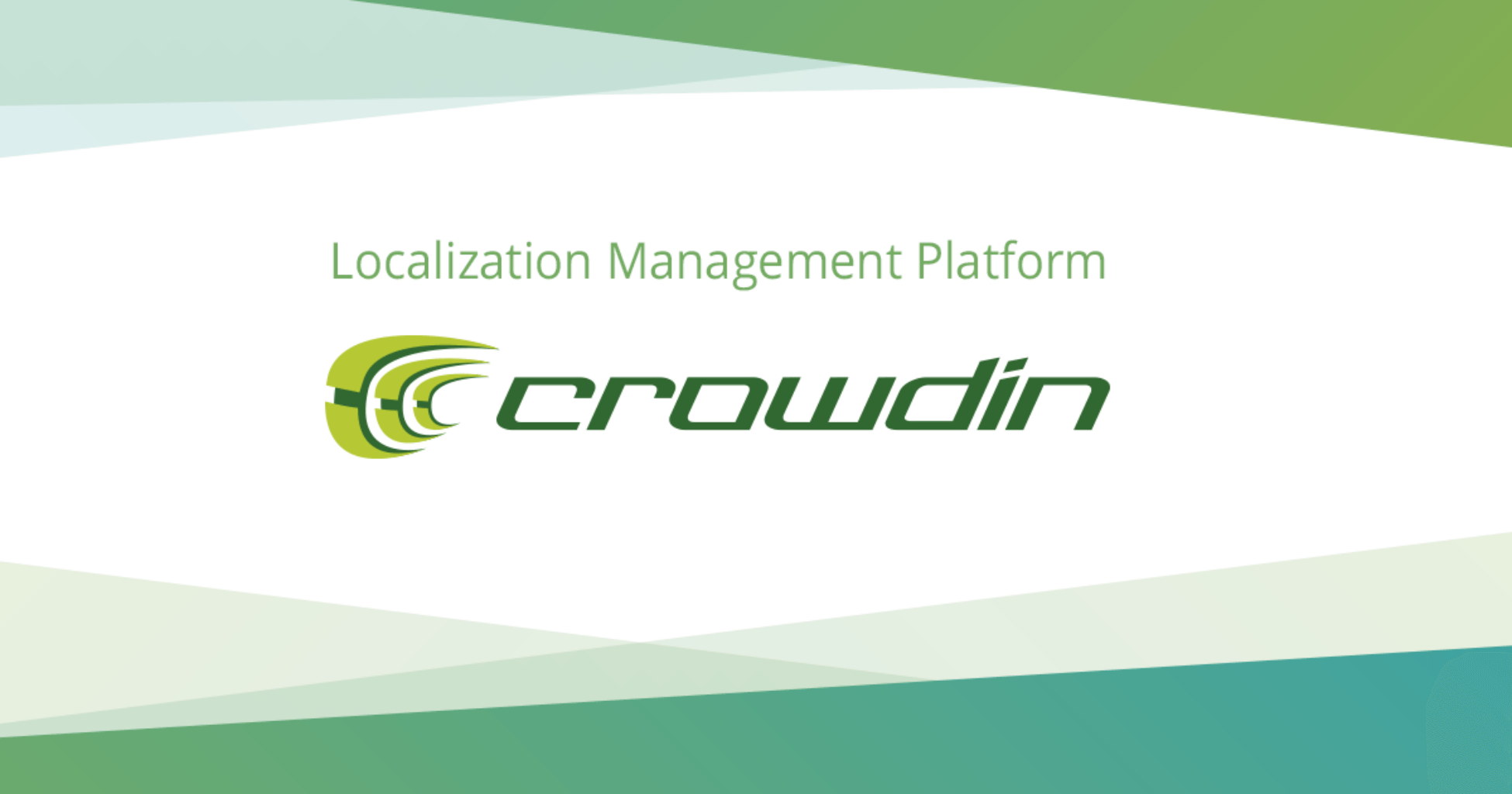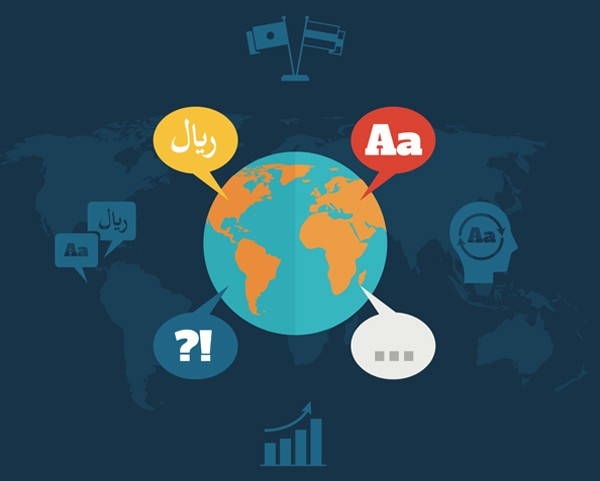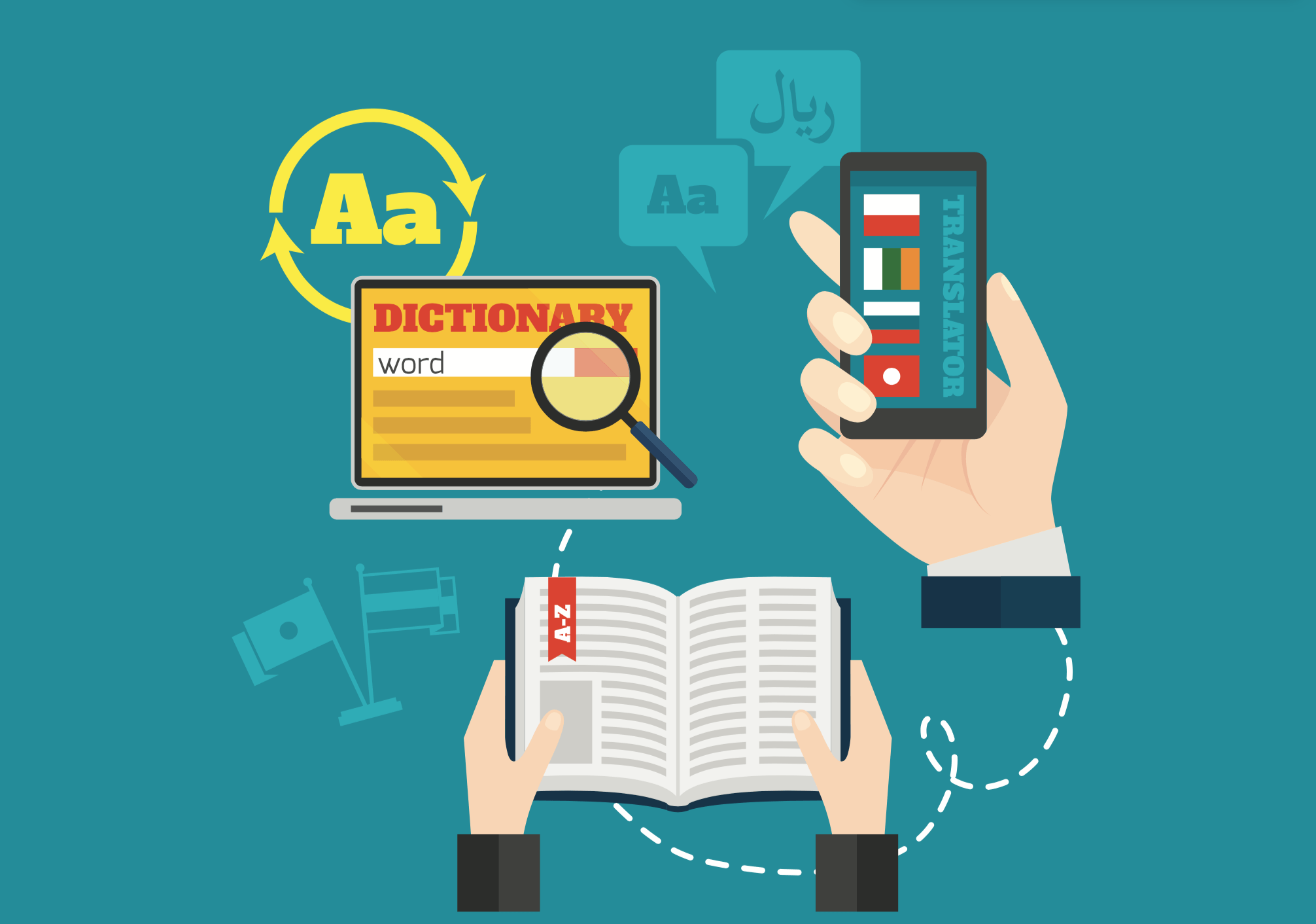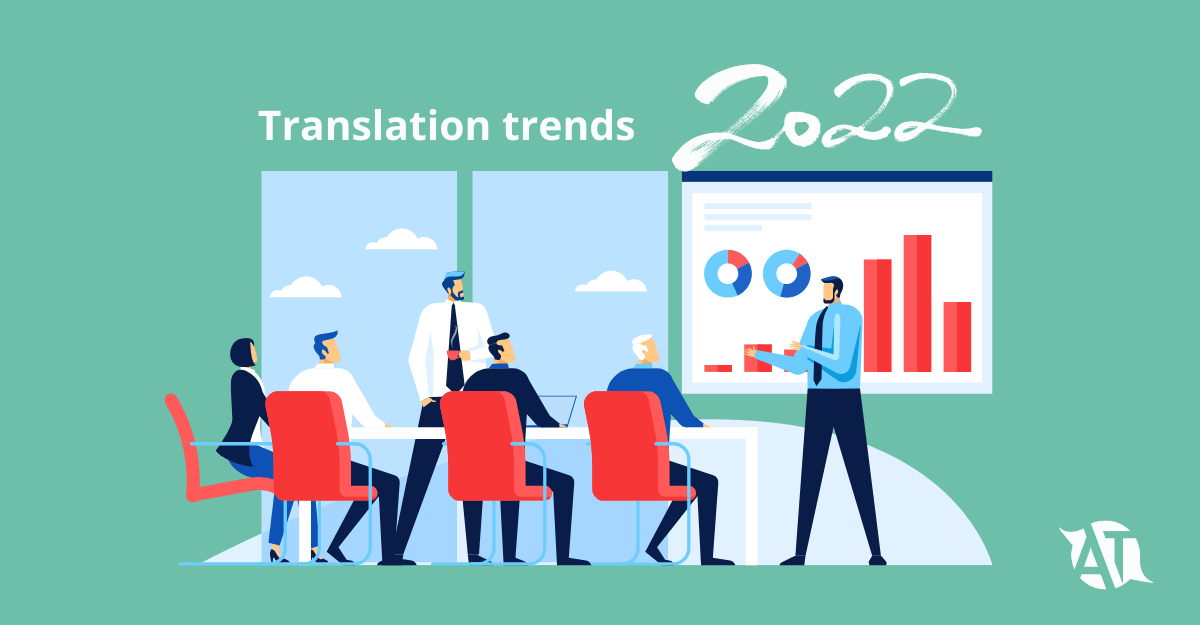The difference between a CMS and a DXP
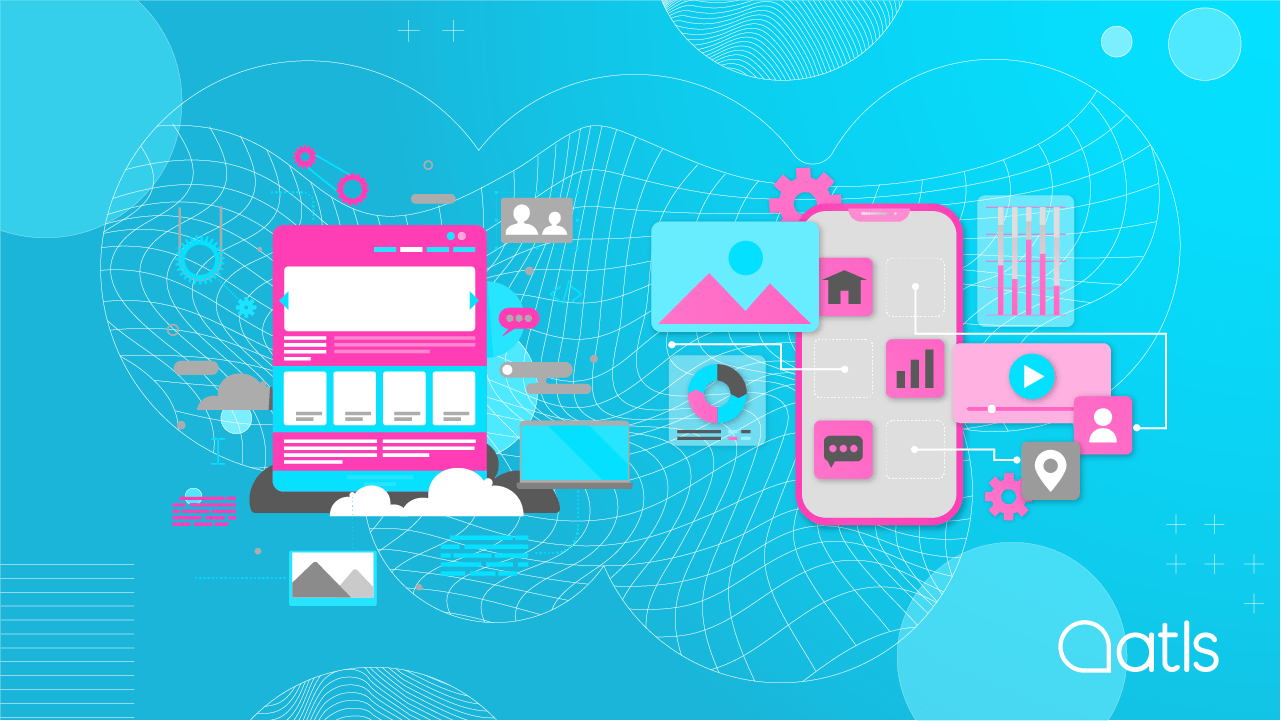
What is the difference between a CMS and a DXP? Let's start at the beginning by explaining what exactly a content manager is and how it has evolved to become a DXP.
Not so long ago, the process of creating a relatively simple website could in fact prove rather complex if it was expected to be visually attractive whilst also maintaining a good structure and a variety of content. Updating the website content could also become a challenging task, as it was not intuitive at all and often required specific technical knowledge such as HTML!
Obviously, the industry was crying out for a website-creation tool that was easy to use and did not require advanced technical resources at every turn. On the other hand, it was important that the website could be managed, administered and maintained by staff from the communications or marketing departments rather than IT.
Content management systems, usually known by the acronym CMS, were created to respond to this need. And so began the revolution of the online world!
CMS to DXP: an evolution
In recent years, many content managers on the market, such as WordPress, Drupal or Liferay, have tried to reposition themselves as DXPs (Digital Experience Platform). But not everyone fully understands the concept, so today we would like to explain what exactly a DXP is and how it differs from a CMS.
What exactly does a CMS offer?
- Content management system with customizable graphics, templates and themes.
- Possibility to make the website multilingual.
- Plugins to expand upon different features, such as WPML to translate WordPress pages.
- Easy search engine ranking.
What is a DXP and what is it for?
Gartner defines a DXP as an "integrated set of technologies, based on a common platform, that provides a broad range of audiences with consistent, secure and personalized access to information and applications across many digital touchpoints". In other words, it is the natural evolution of a CMS, but with a new perspective that is completely focused on creating digital experiences for the customer. As such, a DXP manages the user's experience at each and every digital contact point: websites, mobile devices, social networks, marketing automation and content management.
DXPs offer a central benchmark for each customer by increasing their ability to customize and providing architecture for companies to digitalize their business operations. This enables them to offer a great experience to the connected customers whilst simultaneously collecting their information and data.
How is a CMS different from a DXP?
We could say that a DXP is a hybrid platform composed of CMS, DAM and e-Commerce with maximum potential for customization for the client. As you can see, a DXP provides much more than just a content manager. They take it one step further with the objective of retaining and increasing conversions. What do they offer?
- Content management
- E-commerce
- Management of digital assets
- Translation
- CRM
- Omnichannel processes
- Marketing automation
- Customization of the content sent to the user
- Social networks
- Analytics
- Data management platforms
- Video management
The main DXPs on the market
- Adobe Experience Manager
- Liferay
- Drupal
- Magnolia
- Sitecore
- SAP Fiori
- Sitefinity
Translation of DXP websites
At AT Language Solutions we can translate your DXP via the following channels:
AT Website Translator
With AT-WST all you need to think about is writing content in your DXP in just one language! Our software with proxy technology automatically detects the content and sends it to us for translation. Once the translation has been finalized by our native translators, AT Website Translator publishes it in all the languages on the website with optimized SEO.
AT-RTS
With AT-RTS, the translation of content couldn't be easier! You can request translations directly from your DXP and there's no need to worry about file formats or tracking different file versions. You’ll receive a quality translation, ready to publish directly on your platform. It's that quick and easy!
Native connector
Does your website use Adobe Experience Manager? Want to translate it into other languages and go global with your business? In AEM, the best option to translate your DXP is using the native connector.
Our connector allows you to filter and select content to be translated, send it directly to our team of professional translators, and receive it back through your website's AEM once it has been translated. It's that easy!
Get ready for the future
The difference between a CMS and a DXP is notable. The term DXP is spreading rapidly, and is beginning to outpace the older CMSs. If you want to translate your DXP or CMS professionally and at the highest quality, get in touch! We'll take a look at your website and offer you the best option.

